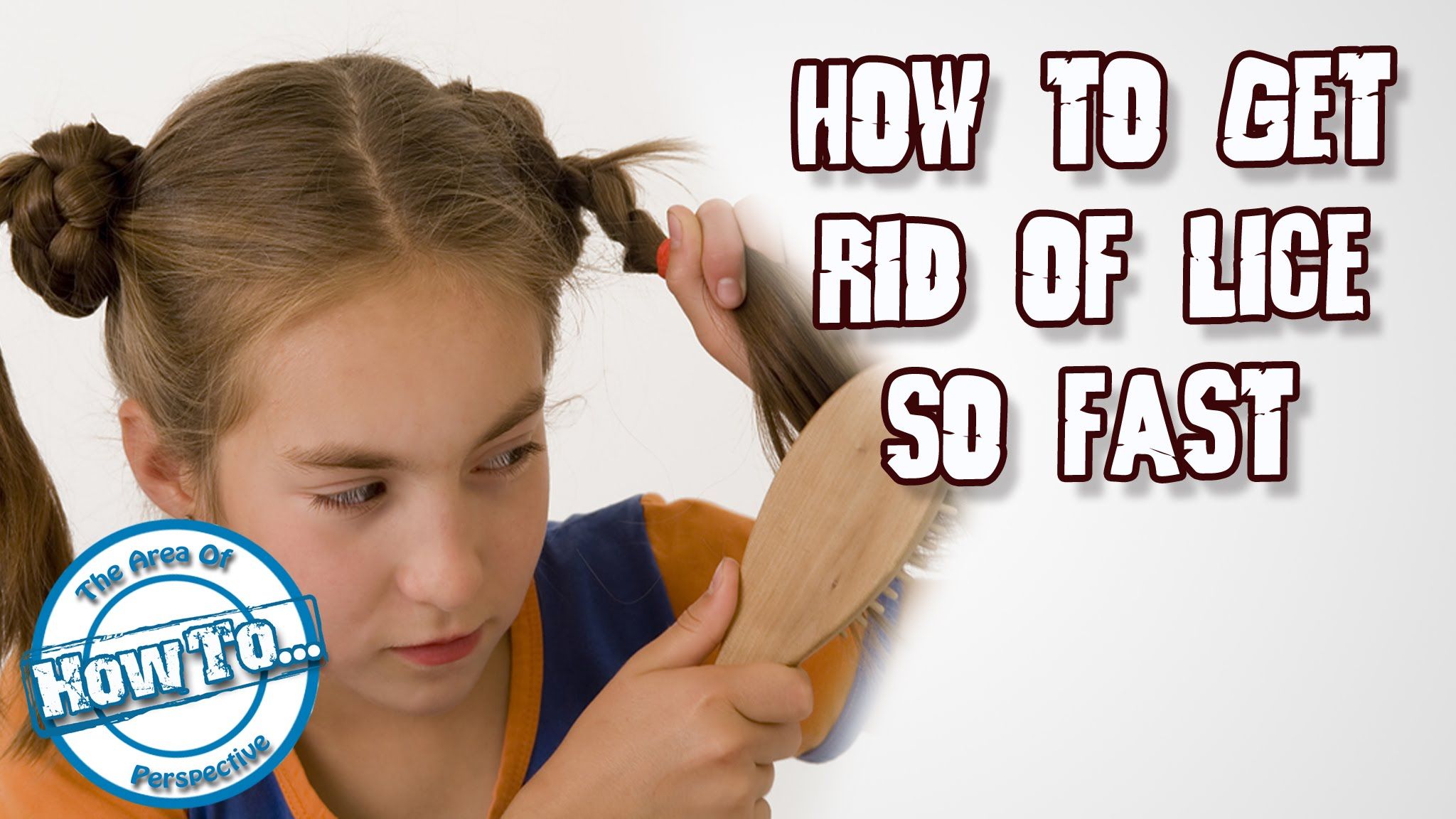How to get rid of pinworms in a child. Pinworm Infection in Children: Comprehensive Guide to Symptoms, Treatment, and Prevention
How do pinworms affect children. What are the common symptoms of pinworm infection. How is pinworm infection diagnosed and treated. What preventive measures can parents take to protect their children from pinworms. How contagious are pinworms and what steps should be taken to prevent reinfection.
Understanding Pinworm Infection: Causes and Transmission
Pinworm infection, also known as enterobiasis or oxyuriasis, is an intestinal condition caused by small, white parasitic worms. While it can affect individuals of all ages, it is particularly common among young children. These parasites, scientifically known as Enterobius vermicularis, primarily inhabit the human large intestine and rectum.
The transmission of pinworms occurs through a fecal-oral route. When an infected person scratches their anal area, microscopic pinworm eggs can get trapped under their fingernails. These eggs can then be transferred to various surfaces, including toys, clothing, bedding, and food. When another person touches these contaminated surfaces and then touches their mouth, they can inadvertently ingest the eggs, leading to infection.
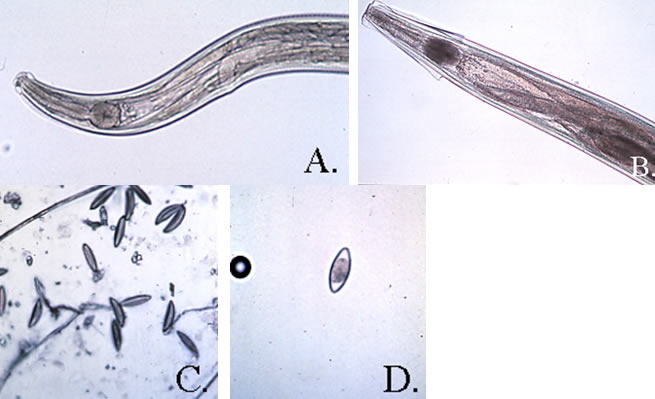
Why are children more susceptible to pinworm infection?
Children are particularly vulnerable to pinworm infection due to several factors:
- Frequent close contact with peers in schools and daycare centers
- Tendency to put fingers in their mouths
- Less developed hygiene habits
- Sharing of toys and other objects
- Nail-biting or thumb-sucking behaviors
It’s important to note that pinworms are specific to humans and are not transmitted by pets. However, the ease of transmission among humans makes it a common household infection, often affecting multiple family members simultaneously.
Recognizing Pinworm Infection: Key Symptoms and Signs
Identifying a pinworm infection in children can be challenging, as some infected individuals may not display any symptoms. However, there are several telltale signs that parents and caregivers should be aware of:
What are the primary symptoms of pinworm infection in children?
- Intense itching around the anus, particularly at night
- Restlessness and difficulty sleeping due to discomfort
- Visible tiny, white worms in stool or around the anal area
- Irritability and behavioral changes
- Loss of appetite
- Occasional abdominal pain
The hallmark symptom of pinworm infection is intense itching around the anus, which typically worsens at night. This occurs because female pinworms emerge from the anus during the night to lay their eggs on the surrounding skin. The movement of the worms and the presence of eggs cause irritation, leading to the characteristic itching sensation.

In some cases, parents may observe tiny, thread-like white worms, typically less than half an inch long, in their child’s stool or around the anal area. These visible worms are often what prompts parents to seek medical attention.
Diagnosing Pinworm Infection: The Tape Test and Beyond
Accurate diagnosis of pinworm infection is crucial for effective treatment. While visible symptoms can provide strong indications, healthcare professionals employ specific diagnostic methods to confirm the presence of pinworms.
How is the tape test performed to diagnose pinworm infection?
The tape test, also known as the Graham’s test or the Scotch tape test, is the most common and reliable method for diagnosing pinworm infection. Here’s how it’s typically conducted:
- Upon waking, before using the bathroom or bathing, a piece of clear adhesive tape is pressed against the skin around the anus.
- The tape is then removed and examined under a microscope for the presence of pinworm eggs.
- This process is repeated for three consecutive mornings to increase the chances of detection.
- The collected samples are sent to a laboratory for analysis.
In addition to the tape test, healthcare providers may also perform a visual examination of the anal area, especially at night when female pinworms are most active. In some cases, a stool sample may be requested to rule out other parasitic infections.
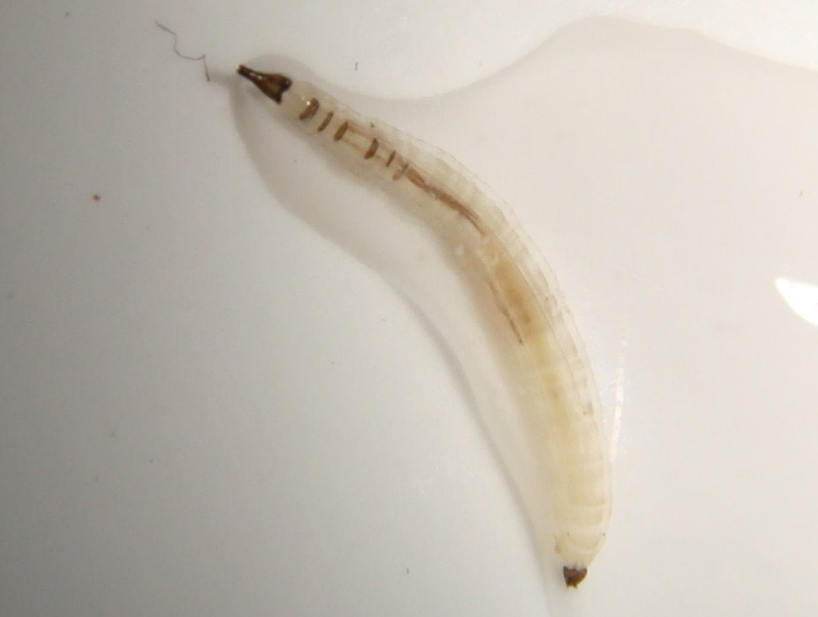
Effective Treatment Strategies for Pinworm Infection
Once diagnosed, pinworm infections are generally easy to treat with appropriate medication and hygiene measures. The goal of treatment is not only to eliminate the existing worms but also to prevent reinfection.
What medications are commonly prescribed for pinworm infection?
Healthcare providers typically prescribe one of two main anthelmintic medications:
- Mebendazole: Usually administered as a single chewable tablet, with a second dose given after 2-3 weeks if necessary.
- Pyrantel pamoate: Taken as a single dose, available over-the-counter in some countries.
These medications work by either killing the adult worms or preventing them from absorbing nutrients, leading to their eventual death. It’s important to note that while these medications are effective against adult worms, they do not kill the eggs. Therefore, a second dose is often recommended to catch any newly hatched worms before they can lay more eggs.
Is it necessary to treat all family members for pinworm infection?
Given the highly contagious nature of pinworms, it’s often recommended that all household members be treated simultaneously, even if they don’t show symptoms. This approach helps break the cycle of reinfection and increases the likelihood of completely eradicating the parasites from the household.
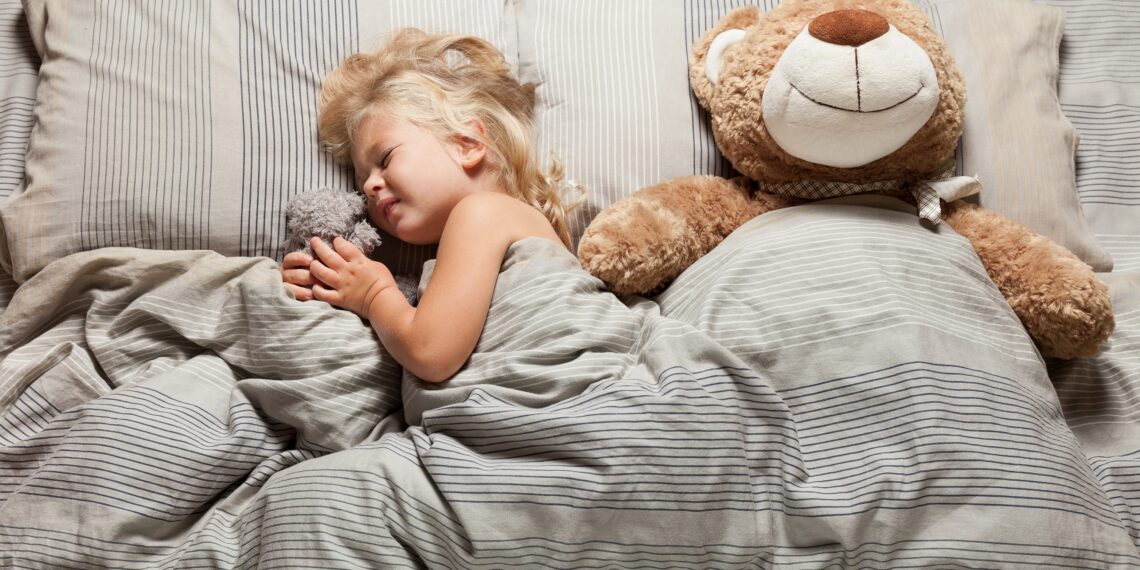
Preventing Pinworm Reinfection: Essential Hygiene Practices
Treating pinworm infection is only half the battle; preventing reinfection is equally crucial. Implementing strict hygiene practices can significantly reduce the risk of recurrence and protect other family members from infection.
What hygiene measures should be implemented to prevent pinworm reinfection?
- Encourage frequent handwashing, especially before meals and after using the bathroom
- Keep children’s fingernails short and clean
- Discourage nail-biting and finger-sucking behaviors
- Change and wash underwear, pajamas, and bedding daily during treatment
- Vacuum carpets and clean surfaces regularly
- Avoid shaking bedding, as this can spread eggs into the air
- Ensure children bathe or shower in the morning to wash away any eggs laid overnight
It’s important to maintain these practices for at least two weeks after completing treatment to ensure all eggs have been eliminated. Additionally, informing your child’s school or daycare about the infection can help prevent its spread to other children.

Long-Term Management of Pinworm Infection
While pinworm infections are generally easy to treat, they can be persistent and recur if proper precautions are not taken. Long-term management involves a combination of vigilance, education, and consistent hygiene practices.
How can parents effectively manage pinworm infection in the long term?
- Educate children about proper hygiene and the importance of handwashing
- Regularly inspect children for signs of reinfection, especially if they show symptoms
- Maintain a clean home environment, paying special attention to bathrooms and bedrooms
- Consider periodic preventive treatment in households prone to reinfection
- Encourage open communication about any itching or discomfort to catch infections early
It’s also important to remember that pinworm infections, while uncomfortable, do not pose serious health risks. With proper management, most children can overcome the infection without long-term consequences.
Debunking Myths and Addressing Common Concerns About Pinworms
There are many misconceptions surrounding pinworm infections that can lead to unnecessary anxiety or inappropriate treatments. Addressing these myths is crucial for proper management of the condition.

Are pinworms a sign of poor hygiene?
While good hygiene practices can help prevent pinworm infections, their presence is not necessarily an indication of poor hygiene. Pinworms are highly contagious and can spread easily in environments where children are in close contact, regardless of cleanliness levels.
Can pinworms cause serious health complications?
In most cases, pinworm infections are more of a nuisance than a serious health concern. However, in rare cases, severe infections can lead to complications such as weight loss, urinary tract infections, or vulvovaginitis in girls. If you suspect any complications, it’s important to consult a healthcare provider.
Are natural or home remedies effective against pinworms?
While some natural remedies like garlic or coconut oil are sometimes suggested for treating pinworms, there is limited scientific evidence supporting their effectiveness. It’s always best to consult with a healthcare provider and use prescribed medications for treating pinworm infections.

When to Seek Professional Medical Advice
While many cases of pinworm infection can be managed at home with over-the-counter treatments and good hygiene practices, there are situations where professional medical advice should be sought.
Under what circumstances should parents consult a healthcare provider for pinworm infection?
- If symptoms persist despite treatment
- If there are signs of secondary infection, such as redness, swelling, or discharge around the anus
- If the child experiences severe abdominal pain
- If there’s unexplained weight loss associated with the infection
- In cases of recurrent infections despite preventive measures
- If the child is under two years old, as treatment may need to be adjusted
Healthcare providers can offer personalized advice, prescribe stronger medications if necessary, and help identify any underlying factors contributing to recurrent infections.
In conclusion, while pinworm infections can be distressing for both children and parents, they are generally harmless and easily treatable. With proper understanding, prompt treatment, and consistent preventive measures, families can effectively manage and prevent these common parasitic infections. Remember, open communication with healthcare providers and maintaining good hygiene practices are key to keeping pinworms at bay and ensuring the health and comfort of your child.

What Are Pinworms? – Treatment & Symptoms
What is pinworm infection?
Pinworm infection is an intestinal infection caused by small, white worms. Anyone can get it, but it’s most common in young children. It’s easily treated.
Symptoms of pinworm infection
If your child is infected with pinworms, they may frequently scratch their bottom. Your child may also move around a lot in bed at night or not be able to sleep. That’s because your child it itchy. The itching is caused by the female pinworm that comes out of the rectum to lay eggs around the anus (the opening to the rectum). The eggs stay in the upper part of the intestine until they hatch. After they hatch, the worms move down the length of the intestine, and then out the anus where they lay more eggs.
You also may be able to see the tiny, white worms (shorter than 1/2 inch in length) on your child’s bottom at night. Or the worms may show up in your child’s stools.
What causes pinworm infection?
Pinworms are contagious and easily spread, usually from child to child. Pinworm eggs can be picked up on children’s fingers when they’re playing. When children who are infected scratch their itchy bottoms, the tiny eggs can get under their fingernails. Eggs can stay on your child’s skin for several hours. They can survive for up to 3 weeks on clothes, bedding, and toys. If the eggs are on your child’s hands or toys and they put their fingers or toys in their mouth, the tiny eggs can enter their bodies. Children who don’t wash their hands thoroughly before eating and children who suck their thumbs are at an increased risk.
Pinworm eggs can be picked up on children’s fingers when they’re playing. When children who are infected scratch their itchy bottoms, the tiny eggs can get under their fingernails. Eggs can stay on your child’s skin for several hours. They can survive for up to 3 weeks on clothes, bedding, and toys. If the eggs are on your child’s hands or toys and they put their fingers or toys in their mouth, the tiny eggs can enter their bodies. Children who don’t wash their hands thoroughly before eating and children who suck their thumbs are at an increased risk.
Although pinworm infection is more common in school-aged children, anyone can get it. As children who are infected move around the house, the eggs may be spread, and other family members can become infected. Sometimes adults breathe in the eggs when the bed covers are shaken. However, this isn’t very common.
Pets don’t spread pinworms, although they may carry their own kinds of worms.
How is pinworm infection diagnosed?
Because pinworms usually crawl out of the anus while a child sleeps, the tape test is an easy way to find pinworms. It’s best to do this right when your child wakes up and before they use the bathroom or take a bath. To do the tape test, pat a piece of clear tape on the skin around the anus. Do this for three mornings in a row and save the tape from each morning. Then take the tape to your doctor, who can use a microscope to check for pinworms or eggs. It’s also possible to see the adult worms around the anus during the tape test.
It’s best to do this right when your child wakes up and before they use the bathroom or take a bath. To do the tape test, pat a piece of clear tape on the skin around the anus. Do this for three mornings in a row and save the tape from each morning. Then take the tape to your doctor, who can use a microscope to check for pinworms or eggs. It’s also possible to see the adult worms around the anus during the tape test.
Can pinworm infection be prevented or avoided?
There are ways to prevent or avoid getting pinworm infection—and reinfections. Follow these tips:
- Make sure your child washes their hands before a meal and after using the restroom.
- Keep your child’s fingernails trimmed.
- Discourage your child from nail-biting and scratching their anal area.
- Be sure your child changes into a clean pair of underwear each day.
- Have your child bathe in the morning to reduce egg contamination. If possible, have your child take a shower instead of a bath.

- Change your child’s night clothes, underwear, and bedding after treatment.
Pinworm infection treatment
Most pinworm infections are mild and easily treated. Your doctor may prescribe a single chewable tablet of a medicine called mebendazole. A second tablet is taken about 3 weeks later if the infection isn’t cured. Or your doctor may recommend another kind of medicine called pyrantel, which is taken as a single dose.
Even if only one child in your family has pinworms, it’s often important that everyone in the household be treated with the pinworm medicine at the same time.
Living with pinworm infection
Pinworm infection is very contagious. If you don’t take precautions, it’s easy to become reinfected. If anyone in your home has pinworms, take these steps to get rid of the pinworm eggs. Doing so will minimize your chances of reinfection.
- Wash all the sheets, blankets, towels, and clothing in the house in hot water.
- Carefully clean everyone’s fingernails (which may hold the worm eggs) and cut them short.

- Scrub toys, countertops, floors, and other surfaces the infected child has touched.
- Vacuum carpets.
Questions to ask your doctor
- How long will the treatment take?
- When should I call my doctor?
- Should I let my child’s school or daycare know they have pinworms?
- Should I get rid of my child’s bedding or underwear?
- Will hand sanitizers work against pinworms?
- What steps can I take to make sure no one else in my house gets pinworms?
- Should everyone in my house be treated, even if they don’t have any symptoms?
Resources
Centers for Disease Control & Prevention: Pinworm Infection
Pinworm in kids: Symptoms, causes, and treatment
Pinworms involve infection by a parasitic worm that may live in the large intestine of a human. A child may contract the infection after unknowingly transferring the worms into their body from a contaminated object or through their fingers.:max_bytes(150000):strip_icc()/get-rid-of-ants-cheaply-and-naturally-1388157_final-879d70d567f042dfa3c213170b45f218.png)
In the United States, school-aged children and preschoolers have the highest rates of pinworm infections.
A pinworm is a small, thin, white roundworm called Enterobius vermicularis that sometimes lives in the human colon and rectum, also known as the large intestine.
Small children are more likely to contract the infection because they tend not to follow common hygiene practices. Children are often in close contact with each other, making transmission more likely.
The article below offers more information on pinworm in kids, including symptoms, treatment, and prevention.
Pinworms travel from the intestinal tract, laying their eggs on the skin near the anus.
Pinworm infections spread via the fecal-oral route — by the transfer of infective pinworm eggs from the anus to someone’s mouth, either directly by hand or indirectly through contaminated clothing, bedding, food, or other objects.
Since young children often put things in their mouths, such as toys and even their fingers, the infection easily spreads in daycare centers and schools.
In some cases, children or other household members unknowingly transfer worms from bedding, clothes, and other objects. This spreads the worms throughout the home and can pass the infection to other family members.
A few hours after a person deposits the eggs on their skin, the infection and symptoms may start. Pinworms may survive about 2–3 weeks on clothing, bedding, or other objects.
Symptoms can vary from mild to severe. After a person swallows the pinworms, the female worm travels out of the intestine to the anal area and lays the eggs. Symptoms usually start after this.
The symptoms of a pinworm infection may include the following:
- itching around the anal area
- trouble sleeping due to itching
- irritability
- vaginal itching
- mild nausea
Although anyone can develop a pinworm infection, it is more likely in children.
Certain risk factors may also increase a person’s risk of developing the infection, such as:
- attending a child care center
- sharing a household with a person who has the infection
- not practicing frequent handwashing
- living in crowded settings, such as institutions and dormitories
- frequent thumb sucking
A doctor diagnoses pinworms based on identifying the worms and the presence of symptoms, such as itching in the anal area.
The worms might be visible to the naked eye, on underclothing or sheets, but the eggs are too small to see without a microscope.
A tape test helps identity the eggs. Parents or caregivers should perform the test on the child first thing in the morning before the child uses the toilet or washes. Washing or using the toilet may remove the eggs. To perform the test, use a piece of cellophane tape and place it firmly on the skin around the anus with the adhesive side down. The eggs will stick to the tape. A microscope can then identify a pinworm infection.
People should do the test on three consecutive mornings to increase the likelihood of finding pinworm eggs.
Treatment helps get rid of the worms and ease symptoms. A combination of the treatments below works best to prevent the infection from coming back.
Treatment for pinworms in children includes the following:
Medications
Treatment involves two doses of over-the-counter or prescription medications spaced 2 weeks apart.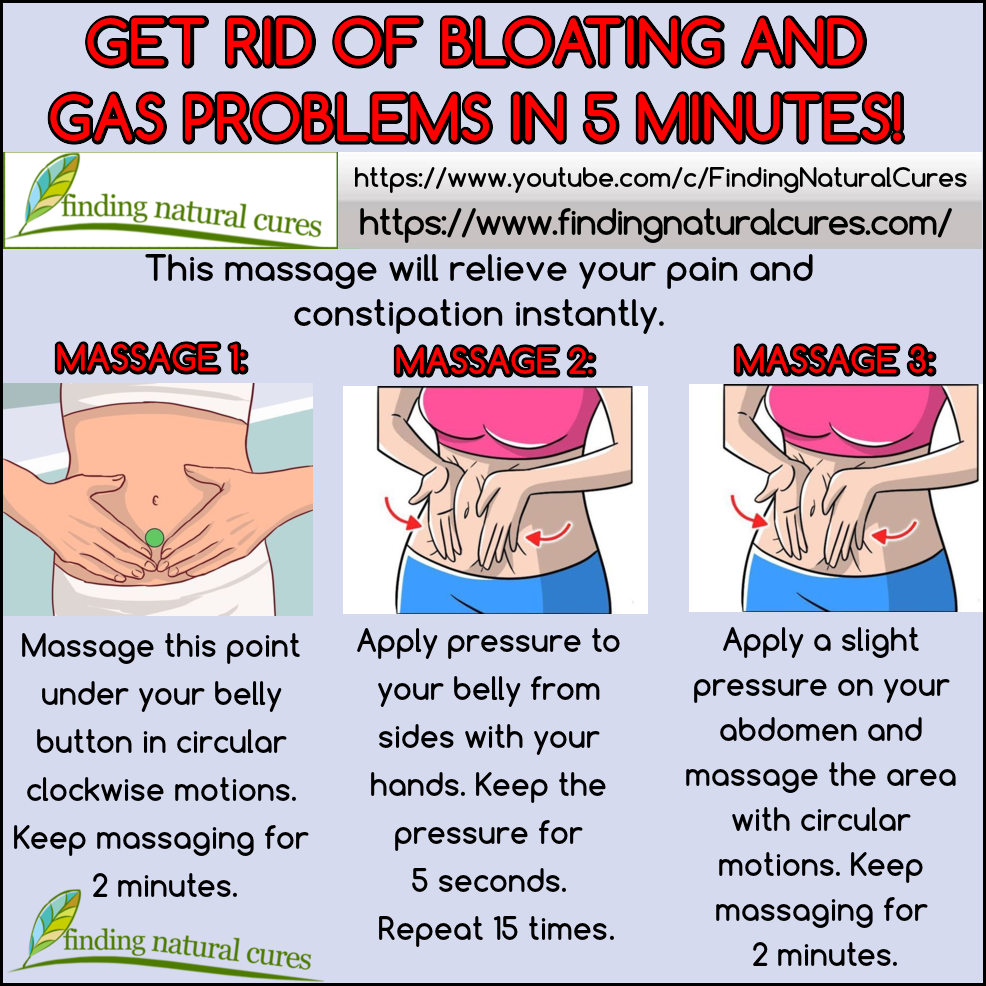
Common medications used to treat pinworms include:
- albendazole (Albenza)
- mebendazole (Vermox)
- pyrantel pamoate (Reese’s Pinworm Medicine)
Since the infection spreads easily among people living together, treatment should also include all caregivers of the child and people living in the household.
Hygiene tips
In addition to medication, practicing proper hygiene helps prevent reinfection. Caregivers can use the following hygiene tips:
- washing hands frequently
- keeping fingernails short
- working with the child to avoid thumb sucking and biting the nails
- changing underwear daily
- washing clothes and bedding in hot water
Although some people may turn to home remedies to get rid of pinworms, little research supports their effectiveness. Individuals who suspect a child has a pinworm infection should seek help from a healthcare professional before trying home remedies.
Learn more about treatment options for pinworms here.
Typically, pinworm infections are bothersome but do not become serious. However, complications may develop in some instances. Possible complications include:
- Skin infections: A secondary skin infection may develop from scratching.
- Urinary tract infections: Females with a serious pinworm infection can develop an infection in their urinary tract. The worms may travel to the bladder leading to an infection.
- Vaginitis: The worms may also travel from the anal area to the vagina, causing an infection.
- Weight loss: In cases of a severe infection, the worms may leech off of the child’s vital nutrients, leading to weight loss.
It is helpful to contact a doctor if any of the above complications develop or if infections reoccur.
Parents and caregivers can take several steps to prevent pinworm infections in children, such as:
- teaching children good handwashing
- washing bed linen and underclothes often
- thoroughly washing toilet seats
- wiping toys
- encouraging the child to shower daily
- teaching children to avoid putting their fingers in their mouth
- keeping fingernails short
- making sure children wash their hands before eating
- thoroughly wiping the anal area with every diaper change
- avoiding scratching skin in the anal area
Pinworms in children involve infection with a small, white worm that lives in the intestines.:max_bytes(150000):strip_icc()/natural-remedies-for-intestinal-parasites-88232_final-5f832e4c095c472da4e361c92ed2ff40.png) The worms travel through the intestines and lay eggs outside the skin around the anus.
The worms travel through the intestines and lay eggs outside the skin around the anus.
Symptoms include intense itching. Treatment often helps and includes a combination of medications and good hygiene to prevent reinfection.
Enterobiasis (pinworms) in children – symptoms and treatment, clinical guidelines
Enterobiasis is a helminthiasis that develops when the colon and rectum of a person are infected with pinworms. It is diagnosed most often in children, although adults can also be infected. Diagnosis is carried out by microscopic detection of eggs. Pinworms in children cause characteristic symptoms. Treatment includes hygiene and deworming. The clinic “RebenOK” carries out diagnostics taking into account the symptoms and treatment of enterobiasis at the best prices in Moscow.
After ascariasis, enterobiasis is in 2nd place. Approximately 400 million people suffer from this disease. Most often, children become infected due to insufficient personal hygiene, as well as people working in children’s groups (boarding schools, schools, preschool institutions).
The pinworm is highly contagious. The eggs of the parasite Enterobius vermicularis are transmitted from person to person. They survive outside the host organism up to 2-3 weeks. There are two mechanisms of infection with enterobiasis – fecal-oral and aerosol (by air). In the first case, we are talking about the contact-household, water and alimentary (food) form of infection. The transmission factor is dirty hands, which contain pinworm eggs. Infection through the water of pools, rivers and lakes is unlikely.
The development of pinworms in the human body is a cycle:
- As soon as the eggs penetrate, they reach the small intestine where the larvae form.
- They pass into the large intestine, where they parasitize at the stage of maturation.
- After 1-2 months, adult females lay eggs in the rectal area.
Because of the unbearable itching, children comb the anal area. In this case, the eggs of the parasite fall under the overgrown edge of the nail plate. In the absence of proper hygiene, they penetrate the oral cavity and the life cycle of the nematode resumes.
In the absence of proper hygiene, they penetrate the oral cavity and the life cycle of the nematode resumes.
Worms of the nematode class have a rounded pointed body. The length of the female reaches 1.3 cm, the male – 0.5 cm. Males die after fertilization. The life expectancy of a female is 1 month, during which they produce offspring (lay eggs). After fertilization, the size of the body increases, the possibility of fixation is lost. Reaching the rectum, they crawl out, laying eggs in the perinatal folds.
The uterus of a female can contain up to 17,000 eggs. The larvae develop under certain conditions: at a temperature of 22-39degrees and exposure to oxygen. It takes 5 hours for the larva to reach the invasive stage. Pinworm eggs have high levels of protection – they survive and remain invasive for up to 1 month, and sometimes longer. They are not sensitive to many disinfectants, but quickly die under the influence of a soapy solution, when boiled and ironed.
Nematode eggs can survive on food and drinks, dishes, countertops, doorknobs, bedding, clothes, etc. It is impossible to get pinworms from pets, because they do not participate in the life cycle of the parasite. Enterobius vermicularis parasites are tiny but can be seen with the naked eye.
It is impossible to get pinworms from pets, because they do not participate in the life cycle of the parasite. Enterobius vermicularis parasites are tiny but can be seen with the naked eye.
Pinworms cause severe itching in the perinatal folds around the anus. In women and girls, hookworms can also cause vaginal itching and a characteristic discharge.
The condition worsens at night, which is associated with the activity of the parasite at night. This leads to insomnia, irritability and nervousness. Adults and children with enterobiasis can spend a lot of time in the shower, as water helps to cope with the symptoms of the disease, improving the condition.
The most common symptoms of pinworms in children are:
- rash and itching around the anus;
- irritable bowel and increased gas;
- accelerated (3-4 times a day) decorated chair;
- excessive irritability, moodiness, tearfulness;
- headaches, memory impairment.

Nighttime urinary incontinence is another possible symptom of enterobiasis in children, which is prevalent predominantly in preschoolers. This is because pinworms irritate the urethra, the thin tube through which urine leaves the bladder and exits the body.
Children and adults who develop enterobiasis scratch the itchy area. This leads to swelling, redness and bleeding. Bacteria can enter the wound, leading to a rectal abscess.
By exerting a mechanical effect on the walls of the intestinal mucosa, nematodes provoke dysmotility and secretion, causing inflammation of the digestive organs. Against this background, enteritis may develop.
Pinworms sometimes cause digestive symptoms
- abdominal pain;
- nausea;
- loss of appetite.
This condition is accompanied by weight loss and characteristic weakness. As parasites, pinworms suck out essential nutrients from the body, leading to the development of deficient conditions. Sometimes pinworms spread to the female reproductive tract, leading to complications (urinary tract infections, vaginitis).
Sometimes pinworms spread to the female reproductive tract, leading to complications (urinary tract infections, vaginitis).
Against the background of enterobiasis, a decrease in the protective functions of the body is observed. For this reason, the child is more likely to suffer from acute respiratory diseases. Exacerbation of chronic diseases is observed. A slight increase in body temperature is not excluded.
Enterobiasis is usually diagnosed based on symptoms. However, there are other causes of pruritus ani, including skin irritation, diarrhea, and infections other than parasitic infestation. The diagnosis can be confirmed by identifying eggs or worms in specimens examined under a microscope. Sometimes parents themselves manage to detect pinworms on the folds of the skin near the anus or in the feces.
To confirm the diagnosis, clinical symptoms and the general condition of the patient are taken into account.
Screening is carried out in two ways: from the perianal folds (imprint with adhesive tape), scraping for enterobiasis in children (using a cotton swab).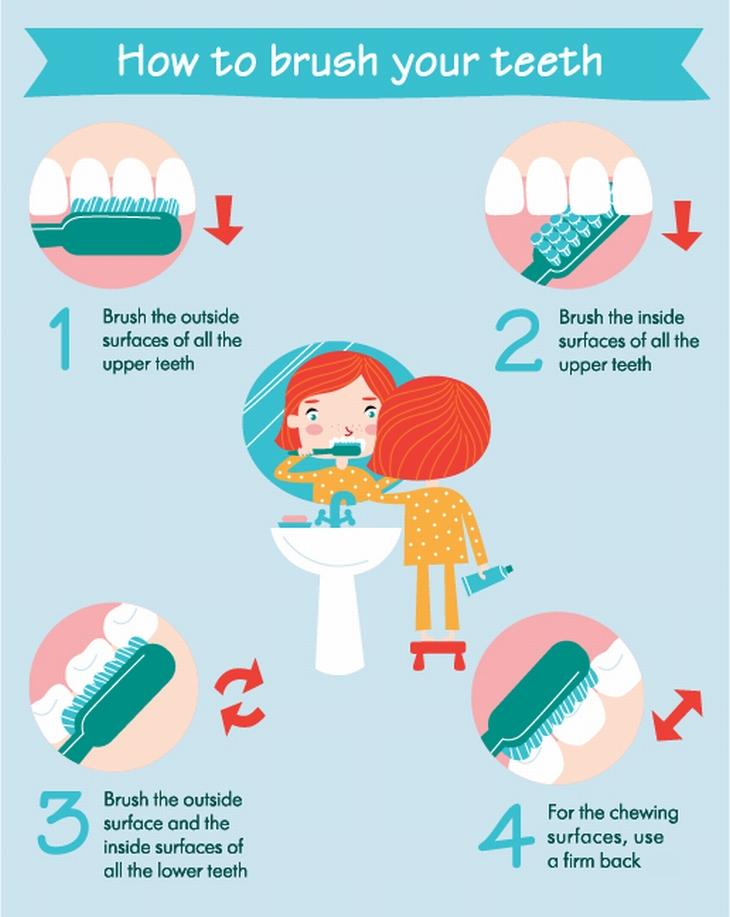 To obtain reliable information, the study is repeated 2-3 times at a certain interval. When conducting a coprogram, nematode eggs can be detected in rare cases.
To obtain reliable information, the study is repeated 2-3 times at a certain interval. When conducting a coprogram, nematode eggs can be detected in rare cases.
Before treating pinworms in children, the diagnosis should be confirmed. Enterobiasis can be cured without medication, by carefully carrying out hygiene procedures to prevent re-infection. This method is applicable to children who have contraindications to anthelmintics. Recovery occurs over a longer period than with drug treatment.
Key recommendations for non-pharmacological treatment:
- The child should wash their hands thoroughly with soap and water after going to the toilet and walking.
- Care must be taken to ensure that the child does not lick his hands.
- Nails must be cut short.
- Bed linen should be changed daily, boiled and ironed.
- Wash your child with soap in the morning and evening.
The use of tablets for the treatment of enterobiasis in children is a more reliable way that ensures a quick recovery. Anthelmintic drugs cause the death of the parasite.
Anthelmintic drugs cause the death of the parasite.
14 days after deworming, you need to re-diagnose. If the test result for enterobiasis in children is negative, then the child is considered recovered. If the clinical picture of helminthic invasion persists, then the drugs are repeated in the same dosage.
Doctor’s expert opinion
Treatment of pinworms in children is carried out under the supervision of a pediatrician. An incorrectly selected drug can lead to the introduction of pinworms into the mucous and submucosal layers of the intestine. Pinworms can cause the development of a purulent inflammatory process. This leads to indigestion, impaired motility of the gastrointestinal tract.
Ignatieva Olga Nikolaevna Pediatrician, candidate of medical sciences
Preventive measures are aimed at instilling standard hygiene habits in children.
Clinical recommendations for enterobiasis in children:
- be sure to cut your nails as they grow back;
- wash hands before sitting down to eat, after going to the toilet and after returning home from the street.

Children who attend educational institutions are examined for enterobiasis for prevention purposes. This approach allows to exclude mass infection.
Enterobiosis is a common helminthiasis that contributes to the development of a number of somatic diseases. Pinworms lead to an exacerbation of chronic diseases, and this fact has been scientifically proven.
Medicines and personal hygiene are the main therapeutic measures for enterobiasis. If contact with the source of infection is maintained, re-infection is not ruled out.
If you have symptoms of helminthic invasion, contact the RebenOK clinic. An experienced pediatrician will diagnose and tell you how to treat enterobiasis in children by prescribing effective drugs for pinworms.
Sources:
- Arakelyan R.S., Sergeeva N.A., Konnova O.V. Clinical and epidemiological aspects of enterobiasis in schoolchildren // Children’s infections. 2018. URL: https://cyberleninka.
 ru/article/n/kliniko-epidemiologicheskie-aspekty-techeniya-enterobioza-u-detey-shkolnogo-vozrasta (Accessed: 06/10/2022).
ru/article/n/kliniko-epidemiologicheskie-aspekty-techeniya-enterobioza-u-detey-shkolnogo-vozrasta (Accessed: 06/10/2022). - Rustamova G., Mukhammadieva L. Enterobiosis in children: modern diagnostic problems // International scientific review. 2020. URL: https://cyberleninka.ru/article/n/enterobioz-u-detey-sovremennye-problemy-diagnostiki (date of access: 06/10/2022)
- Letyushev A.N., Stepanova T.F. The activity of the epidemiological process of enterobiasis in the Russian Federation // Population health and habitat. 2020. URL: https://cyberleninka.ru/article/n/aktivnost-epidemicheskogo-protsessa-enterobioza-v-rossiyskoy-federatsii (Date of access: 06/10/2022).
- Dusmagambetov M.U., Dusmagambetova A.M. Detectability of helminthic invasions at the outpatient level // Eurasian Union of Scientists. 2019. URL: https://cyberleninka.ru/article/n/vyyavlyaemost-glistnyh-invaziy-na-ambulatornom-urovne (Date of access: 06/10/2022).
- Yasyrova D.S., Vozgorkova E.


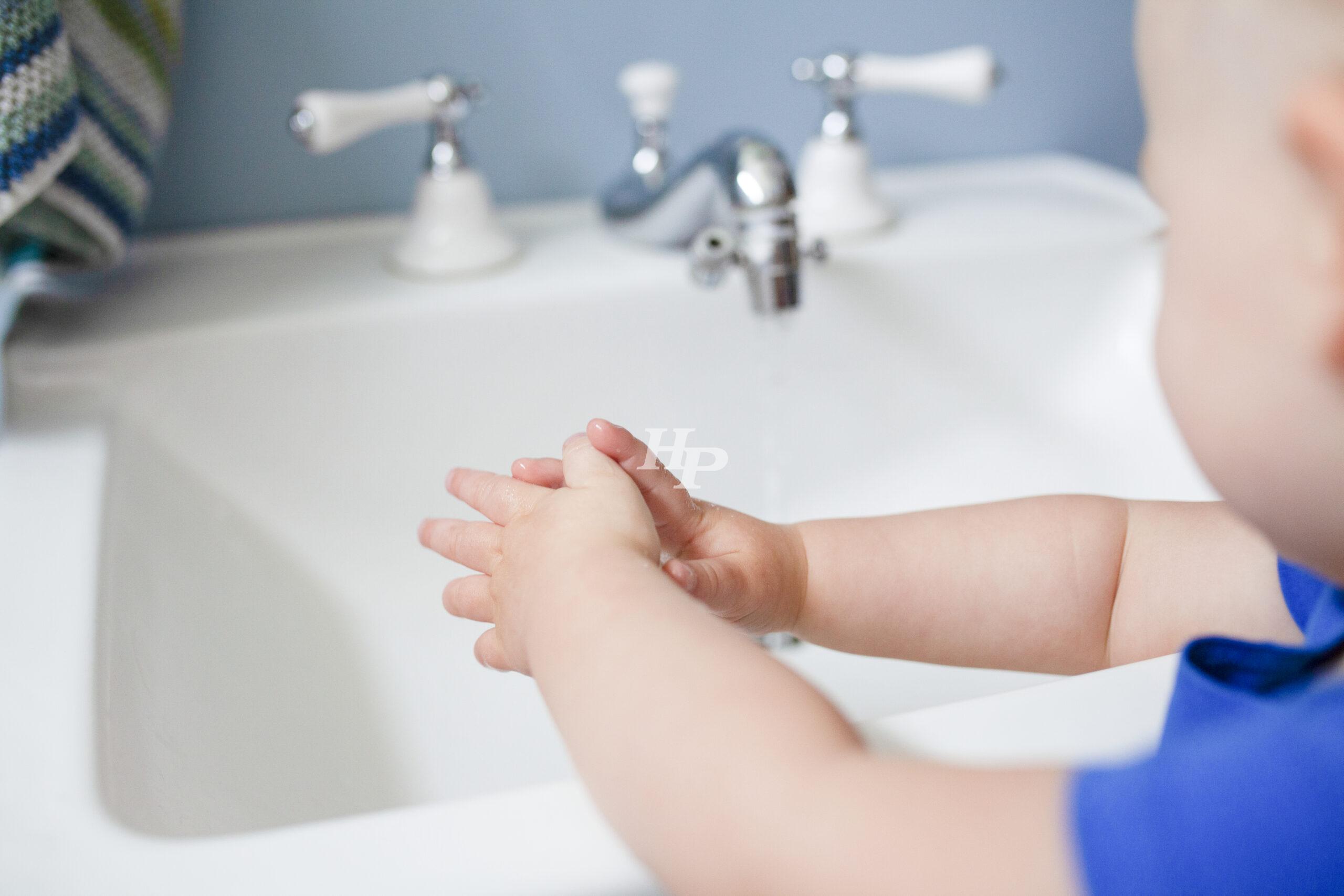

/tapeworm-infection-overview-4163644_final-23b225483f984a0c8a6c65f3b07aa87d.png)

 ru/article/n/kliniko-epidemiologicheskie-aspekty-techeniya-enterobioza-u-detey-shkolnogo-vozrasta (Accessed: 06/10/2022).
ru/article/n/kliniko-epidemiologicheskie-aspekty-techeniya-enterobioza-u-detey-shkolnogo-vozrasta (Accessed: 06/10/2022).